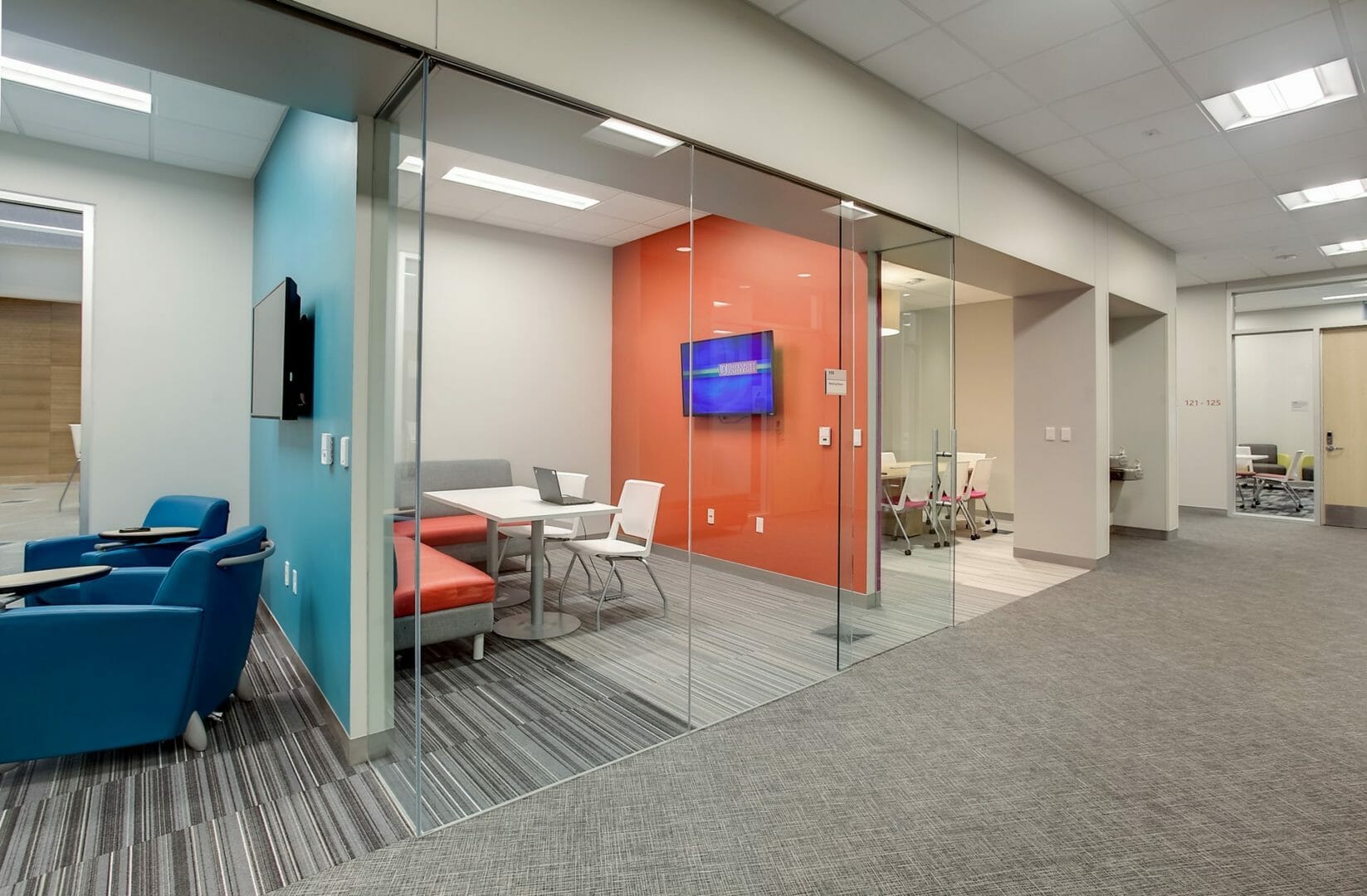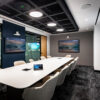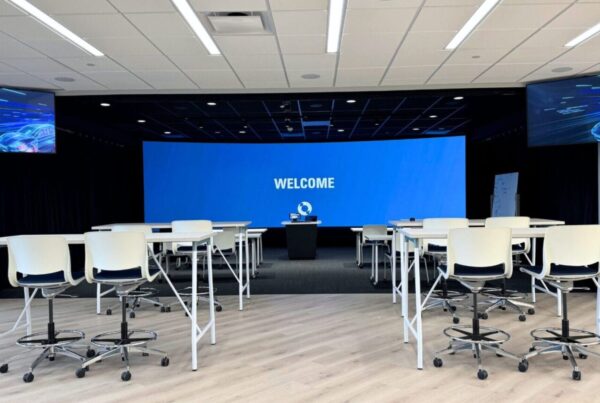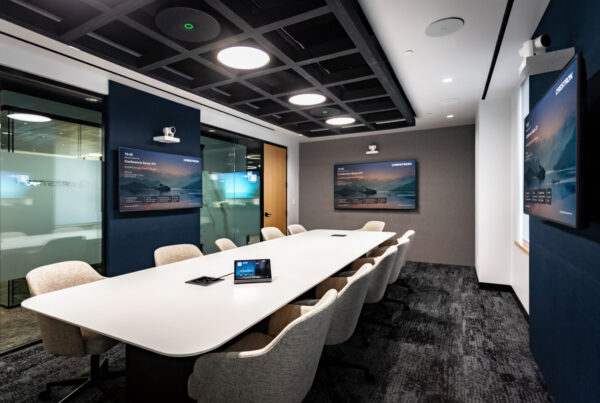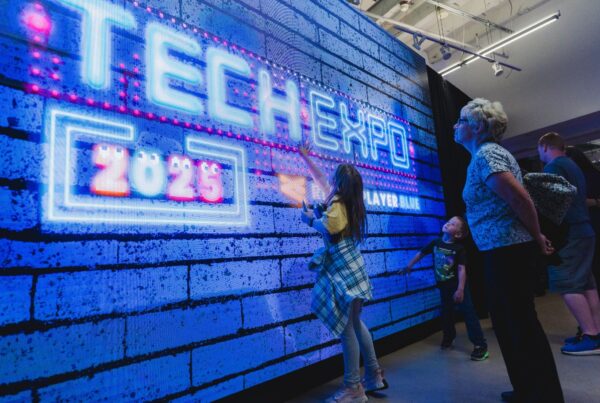Modern education is evolving—and so are the environments where learning happens. As technology continues to reshape how we communicate, work, and solve problems, colleges and universities are reimagining their classrooms and collaboration spaces with that same forward-thinking mindset. By investing in advanced AV systems, interactive displays, and hands-on digital tools, institutions are creating immersive environments that bring curriculum to life and support a wide range of learning styles.
A Smarter Campus, Designed for Engagement
Higher education is no longer limited to static lectures and traditional classrooms. Students and faculty alike thrive in flexible, tech-enabled spaces that support creativity, collaboration, and real-time problem-solving. That’s why colleges are increasingly turning to integrated AV solutions that make learning more impactful and accessible.
Here are just a few of the ways institutions are bridging the gap between technology and curriculum on campus:
1. Active Learning Classrooms
These tech-forward spaces are equipped with movable furniture, dual displays, and interactive collaboration tools that support group work, peer instruction, and flipped classroom models—promoting deeper engagement and better retention.
2. Touch-Enabled Digital Whiteboards
Used across lecture halls and study spaces, these displays allow for real-time annotations, screen sharing, and cloud-based collaboration. Professors can seamlessly integrate multimedia content while encouraging student interaction.
3. Hybrid-Ready Lecture Halls
With high-quality microphones, speaker tracking cameras, and remote-access capabilities, hybrid classrooms ensure students receive a consistent experience—whether they’re attending in person or joining remotely.
4. Campus-Wide AV Standardization
Standardizing classroom technology across departments ensures a uniform teaching experience and minimizes learning curves for faculty. It also simplifies IT management and long-term support.
“In general, from what I’ve gathered, you can really sense a shift in education moving away from treating technology as an add-on and utilizing it more as a tool to amplify learning. The shift empowers students to create with tech rather than just consume it,”
— Jordan Goltz, Account Executive – Integration
Real-World Innovation in Higher Ed
Bluewater has worked with leading institutions to implement AV solutions that align with their academic goals:
At Rose-Hulman Institute of Technology, upgrades to lecture spaces like Moench Hall’s B111 included dual screens, height-adjustable lecterns, and intuitive control systems to support STEM-focused instruction and standardized technology across campus.
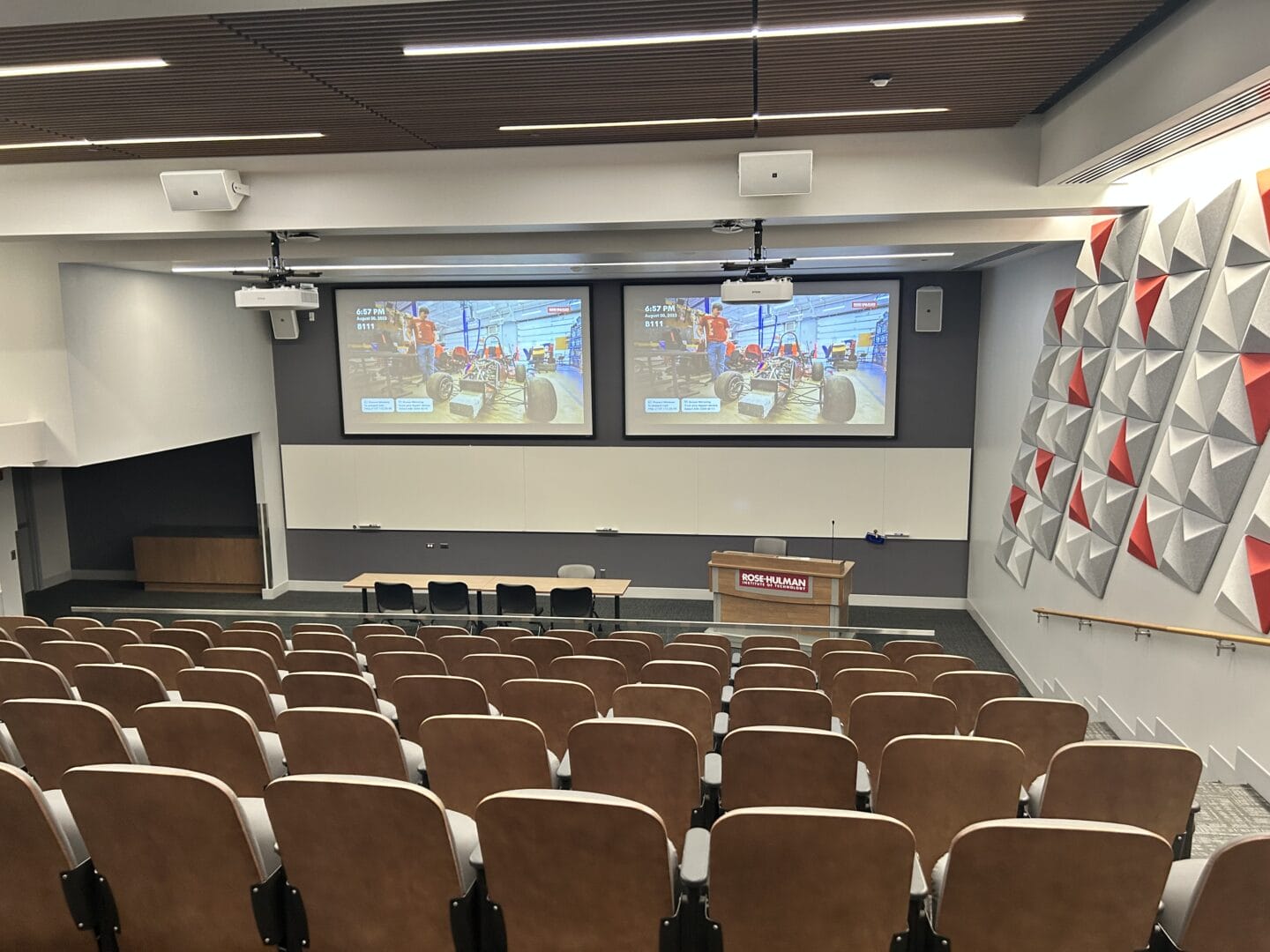
- Davenport University’s Executive Board Room was transformed into a hybrid-ready meeting space featuring speaker-tracking cameras, advanced microphones, and seamless integration for both in-person and remote collaboration—ensuring all voices are heard, no matter where participants are located.
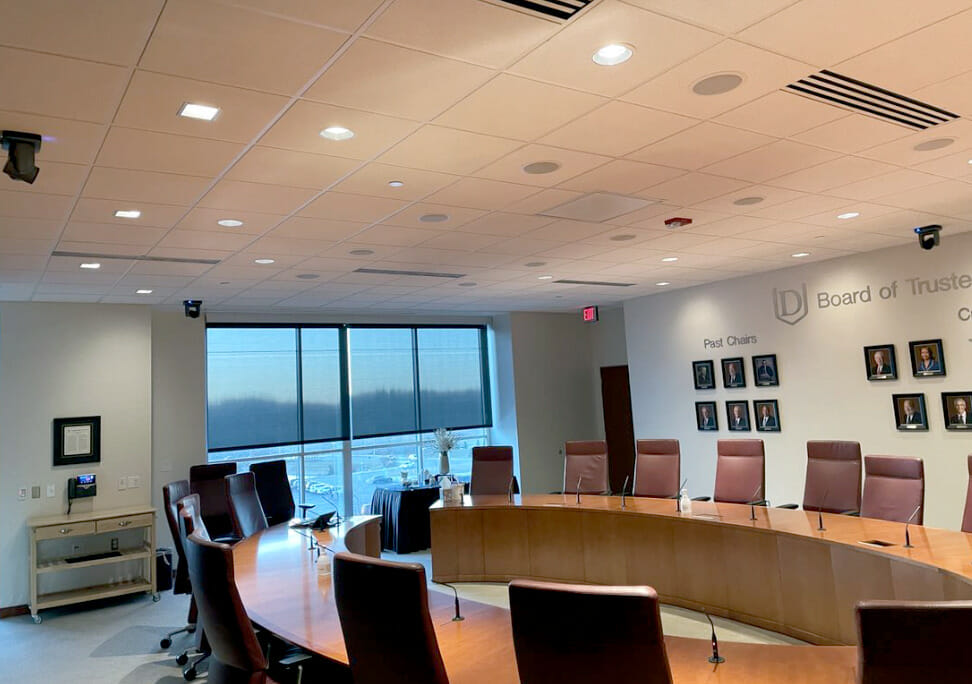
- The Donald W. Maine College of Business at Davenport University features interactive classrooms and movable workstations designed to replicate real business environments. These AV-rich spaces help students build collaboration and communication skills, preparing them for the modern workforce.
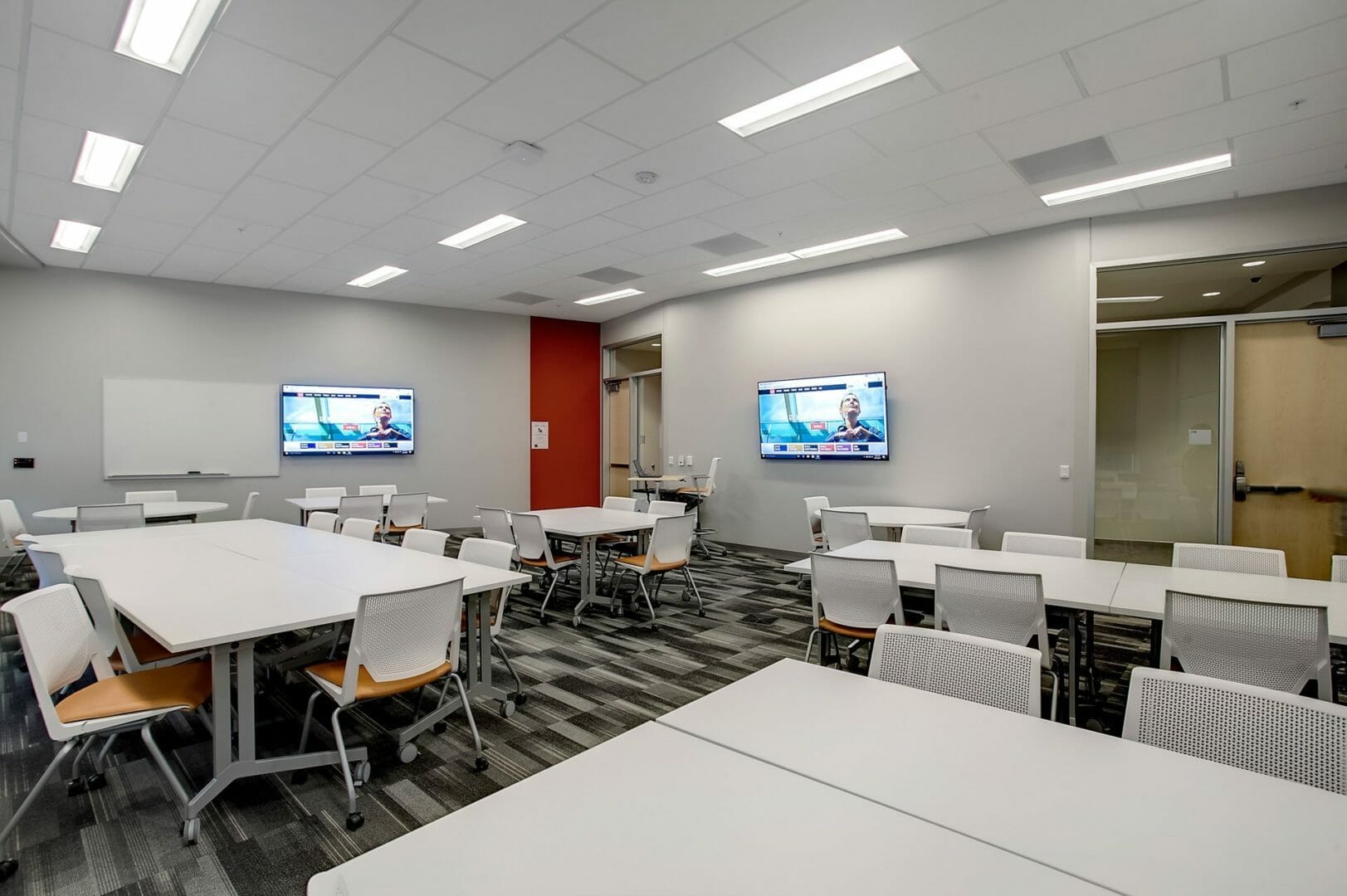
These projects reflect a larger trend: colleges that embrace modern AV technologies aren’t just keeping up—they’re setting the standard for innovation in higher education.
Education Meets Experience
When integrated intentionally, AV technology does more than upgrade hardware—it enhances the entire academic experience. From lecture halls to student lounges, interactive learning tools are making campuses more connected, inclusive, and future-ready.
Planning a campus upgrade? Let’s build the kind of learning environment today’s students—and tomorrow’s leaders—deserve.


